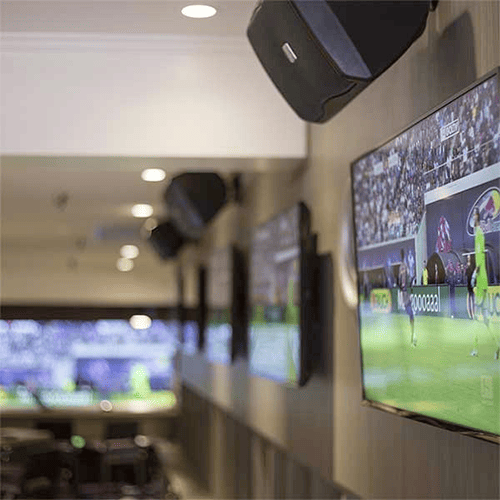In well-lit lighting environments, motion detection is typically more accurate. As there is ample illumination, sensors and cameras can capture sharper images, which assists in identifying dynamic elements. Bright conditions allow for better contrast between the dynamic element and the background. This differentiation is essential for both visual observers and mechanical systems, as it facilitates it easier to distinguish between stationary and dynamic objects in a scene. Therefore, ensuring that spaces are adequately illuminated can significantly enhance the performance of movement detection systems.
On the other hand, low-light environments can pose challenges for motion detection. In low-light environments, darkness can obscure dynamic objects, which makes them difficult to detect. Additionally, the eye struggles to detect movement in dim conditions, which can lead to misunderstanding of what is happening in the surroundings. Cameras might also encounter difficulties, as many do not function well in low light without the use of infrared capabilities or alternative enhancements. These restrictions highlight the importance of sufficient lighting in environments where here are the findings movement detection is critical.
Additionally, different kinds of lighting can have different impacts on movement detection. For instance, fluorescent lights can flash, which might mislead motion detection technologies that depend on consistent illumination input. On the other hand, daylight provides a steady form of lighting that enhances clarity. Understanding these differences in lighting conditions can guide users in choosing the most suitable illumination for specific uses, especially in Discover More surveillance and safety situations.

In conclusion, the relationship between illumination environments and movement detection accuracy is significant. By ensuring that environments are appropriately illuminated, we can improve the dependability of movement detection technologies. This understanding not only benefits technological applications but also improves safety and security in multiple settings. As more advancements are made in motion detection technology, taking into account illumination environments will continue to be a crucial consideration in enhancing effectiveness and ensuring that these systems work effectively in different environments.